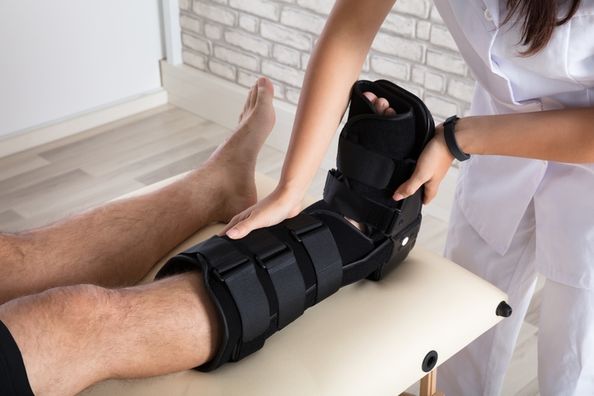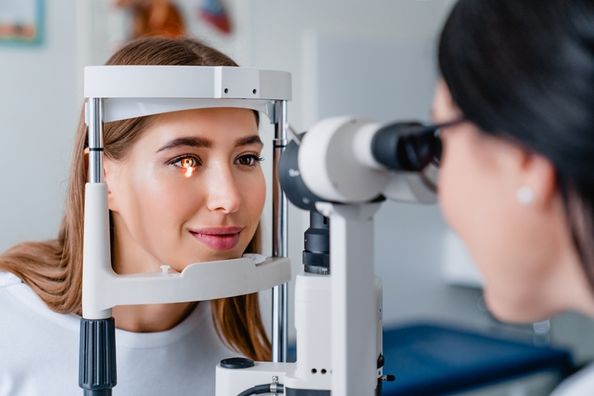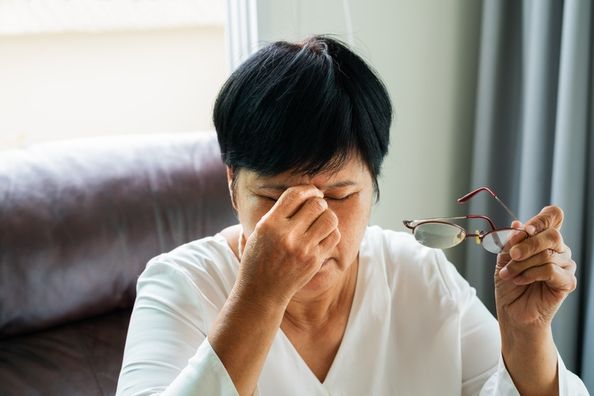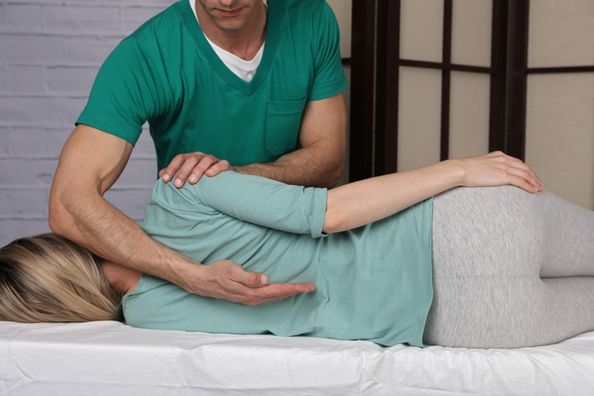Cherry angiomas are small benign growths of small blood vessels that occur in almost all patients over the age of thirty. They can be as small as only 1 – 2 millimeters in diameter, or range in size up to a centimeter. Cherry angiomas may appear flat, or may become raised over time. Sometimes a patient may have only one lesion, or patients can have dozens of them. Most of the time, patients will notice the development of these lesions on the scalp, face, trunk, and extremities. Cherry angiomas can range in color from a bright cherry red to a dark, almost purple color, commonly seen in older patients and with larger lesions. They are almost always few to no symptoms unless they have been traumatized, for instance, being cut when shaved over, etc.










